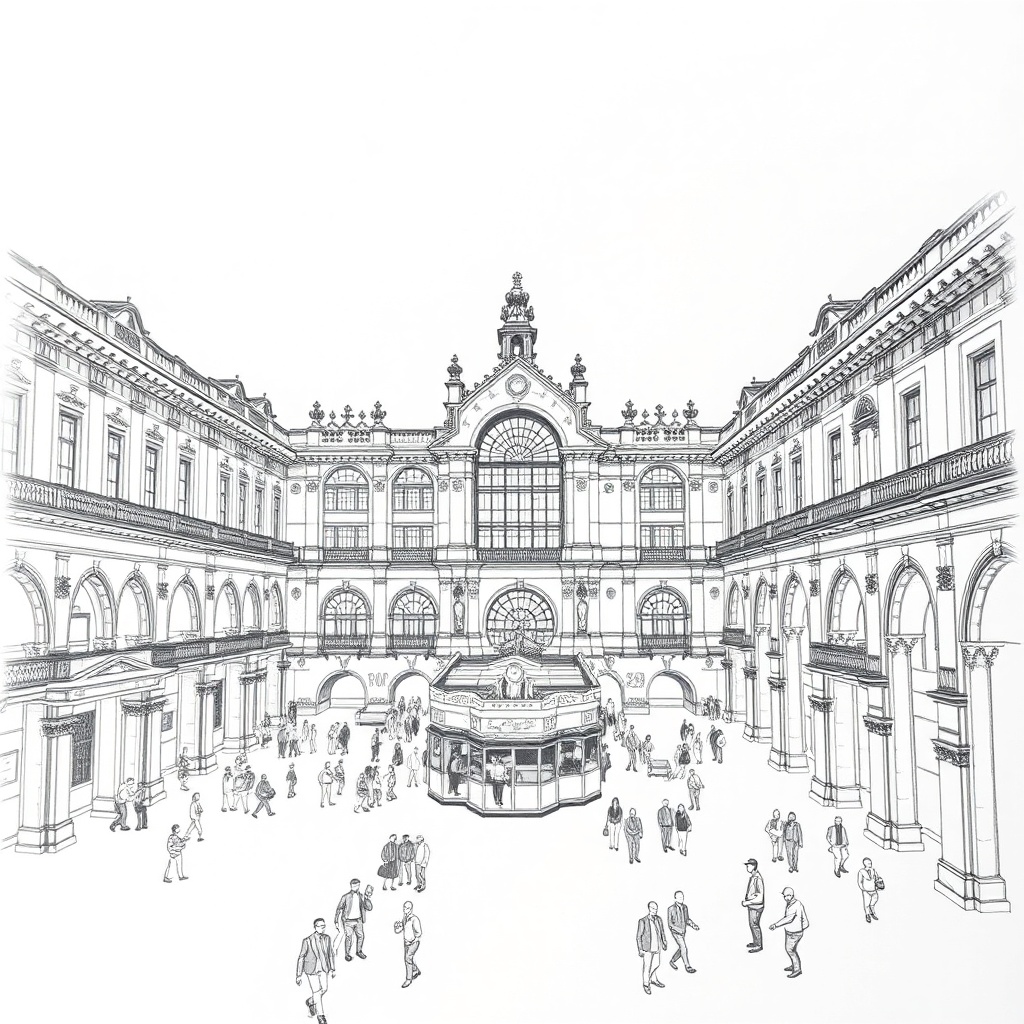Grand Central Terminal remains one of the city’s most magnetic landmarks — a working transportation hub that also doubles as an architectural showpiece, dining destination, and cultural touchstone. Whether you’re passing through on your commute or setting aside time to explore, Grand Central offers layers of detail worth discovering.
What to notice first
Step into the Main Concourse and look up.
The sweeping vaulted ceiling is a painted celestial map, complete with constellations rendered across an expansive sky of teal and gold. The luminous four-faced clock perched above the central information booth is an iconic meeting point; its faces are made of opal and the clock itself is a favorite subject for photographers and storytellers alike.
Hidden gems and acoustics
Beneath the hustle, the terminal hides playful surprises.
Near the tiled archways that lead to the dining concourse is a famous whispering effect: two people standing at opposite corners of the arch can exchange whispers that carry clearly across the dome. Nearby, the Oyster Bar & Restaurant — with its vaulted Guastavino tilework — is a classic place to linger for fresh seafood and a dose of architectural charm.

Food, shopping, and events
Grand Central Market lines one corridor with artisanal produce, specialty foods, and prepared meals perfect for a picnic or a quick takeout. The Dining Concourse hosts a mix of established eateries and modern food stalls, so it’s easy to find anything from a quick coffee to a leisurely meal. Vanderbilt Hall and other event spaces inside the terminal regularly host pop-ups, seasonal markets, and cultural programs that make a visit feel new each time.
Transit and convenience
Beyond its beauty, Grand Central is a major transit hub with extensive commuter-rail service heading north and suburban connections across the region. Several subway lines and shuttle services connect directly to the terminal, making it an efficient transfer point for travelers. Real-time departures are posted prominently; for a smoother journey, check schedules and platform information before your trip.
Tips for visitors
– Visit during off-peak hours such as early morning or late evening to better appreciate the architecture and avoid the busiest crowds.
– Capture the ceiling and concourse without blocking pedestrian flow; a wide-angle lens helps, and be mindful of no-tripod rules in some areas.
– Make the information booth clock your meeting spot — it’s centrally located and always easy to find.
– Stop by the information or visitor center for self-guided maps or book a guided tour to learn more about the building’s design, art, and hidden details.
– Check for pop-up markets or events in Vanderbilt Hall or the dining concourse to combine transit with local culture and shopping.
Why it matters
Grand Central is a living landmark: it functions as critical infrastructure while preserving a grandeur that few modern stations attempt to replicate. Its blend of Beaux-Arts design, public art, culinary offerings, and everyday utility creates a layered experience where architecture meets daily life. For commuters, tourists, and locals alike, it’s a place where practical travel and urban fascination intersect.
Plan a visit with a flexible schedule so you can move beyond transit and take in the quieter details — the brass railings, the marble staircases, the tilework — that make Grand Central more than a station, but a destination worth savoring.